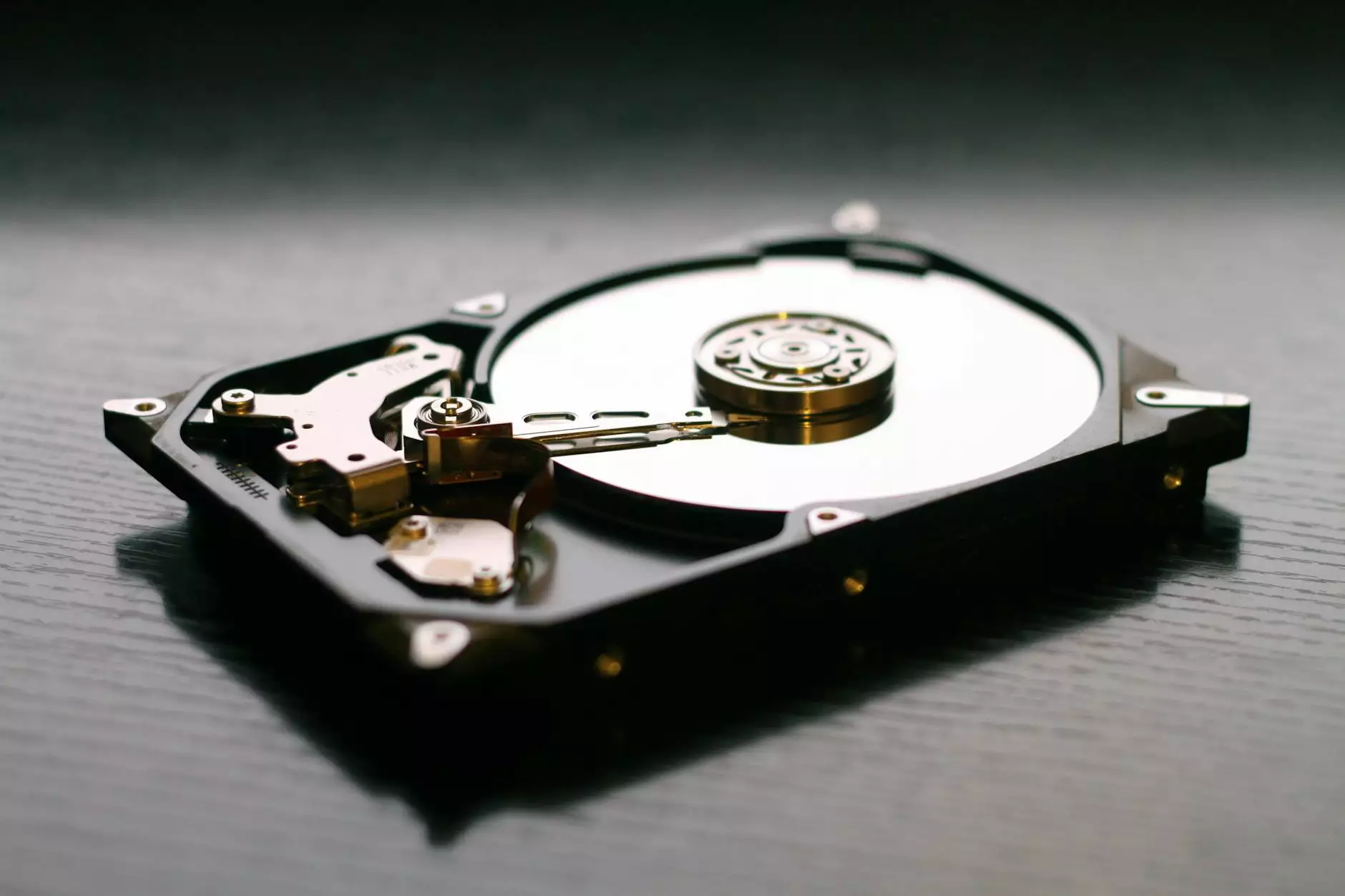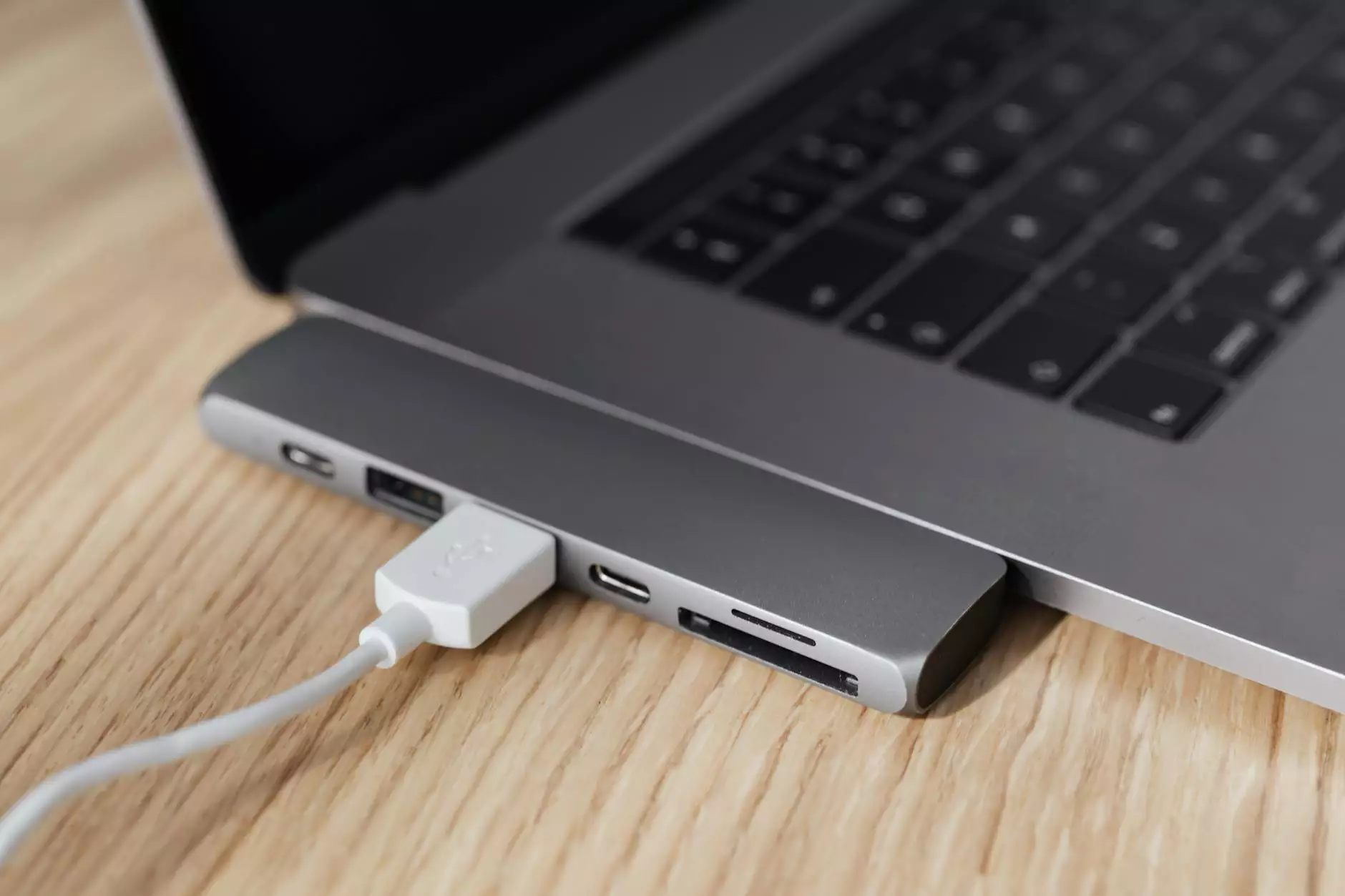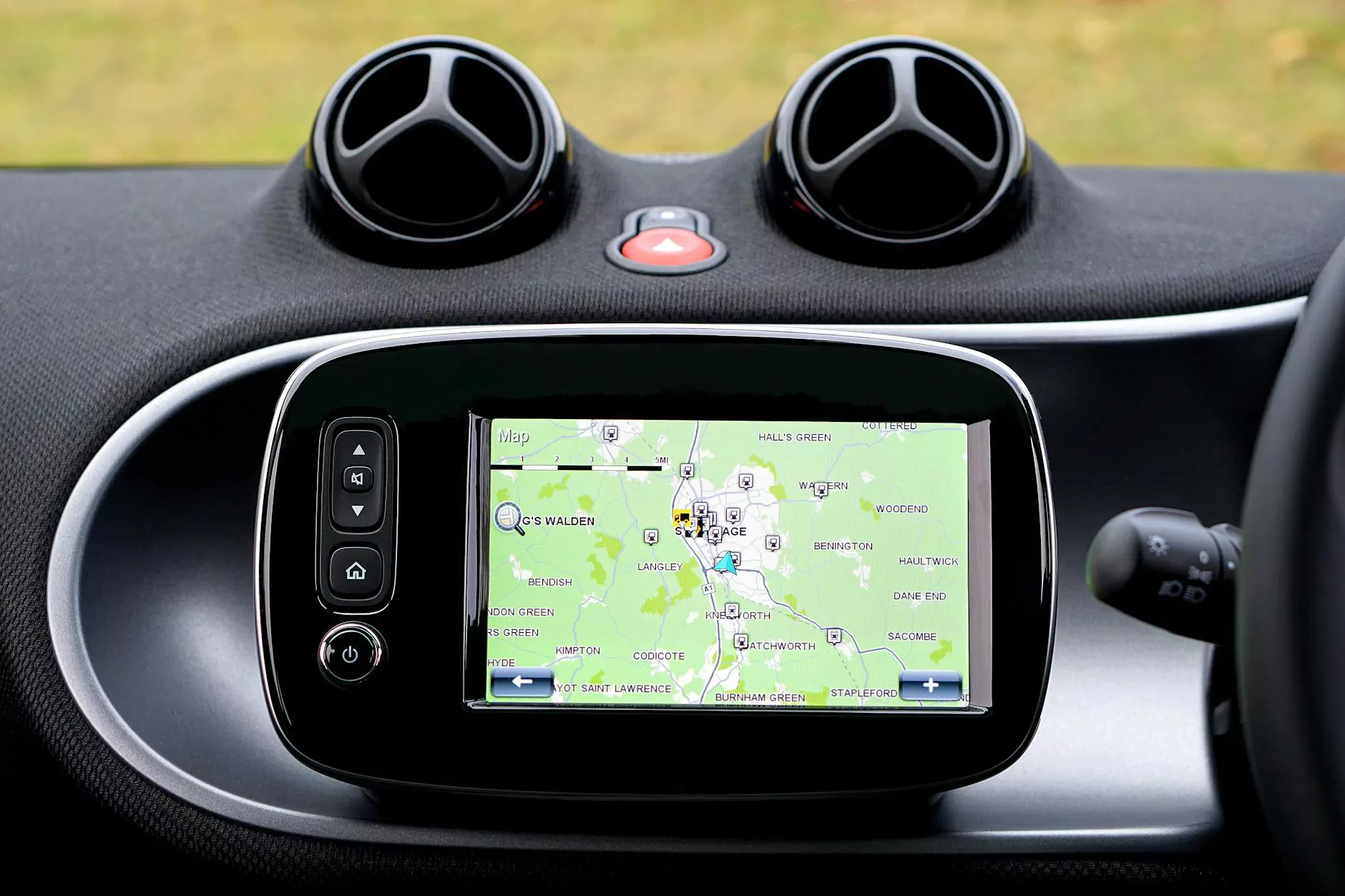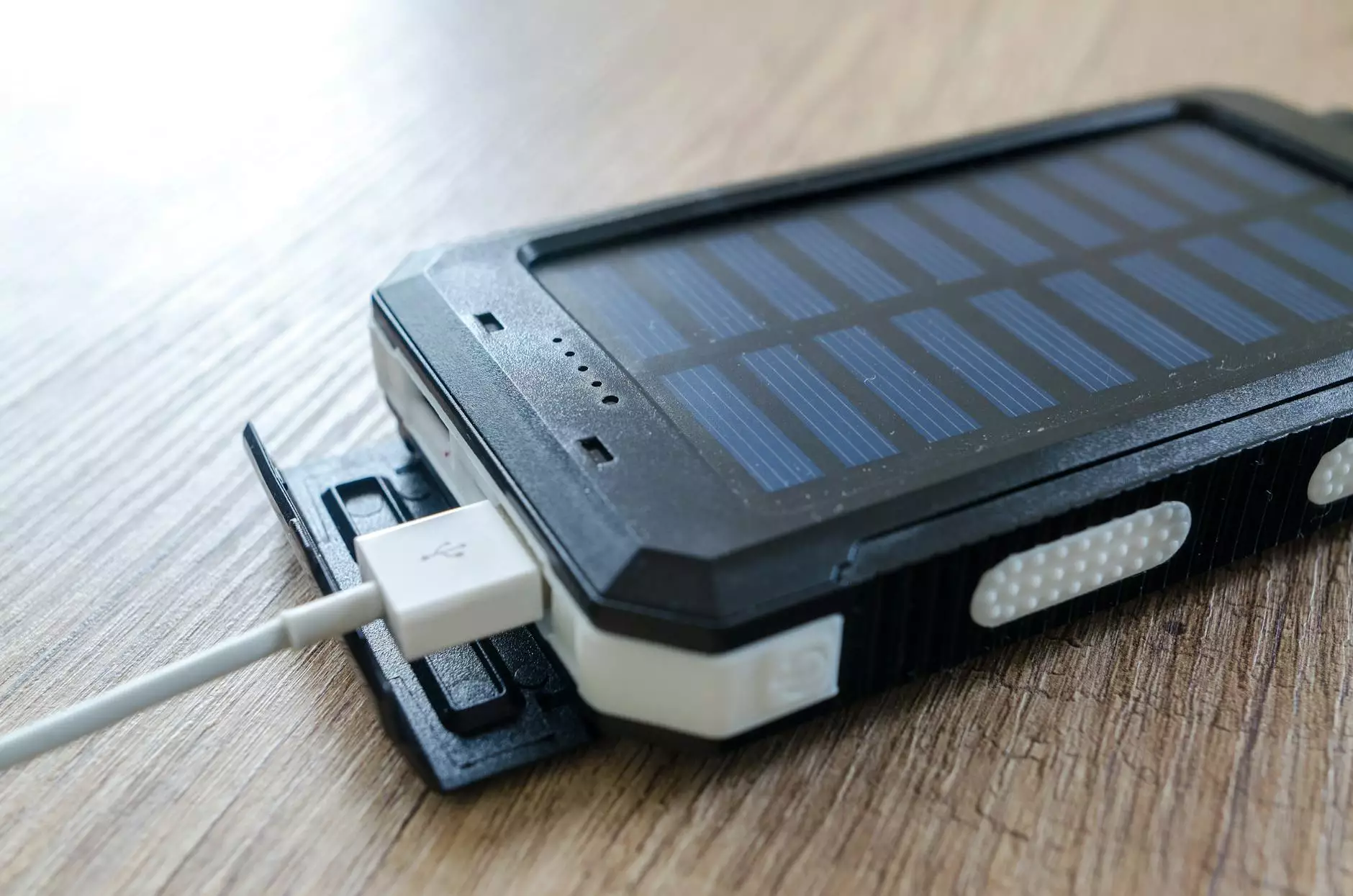How to Label USB Drives for Efficient Organization

Managing USB flash drives is an essential task for both personal and business use. Properly labeling and organizing your USB drives can save you time, prevent confusion, and ensure that your important data is always easily accessible. In this guide, we will provide you with comprehensive tips on how to label and organize your USB drives effectively.
1. Importance of Labeling USB Drives
Labeling USB flash drives is crucial for easy identification. When you have multiple USB drives, each containing different files or projects, labeling them will help you quickly locate the one you need without having to plug each one in to check its contents. This is especially useful in situations where you are working on multiple projects simultaneously or if you share USB drives with colleagues or friends.
2. How to Label USB Drives
Step 1: Choose a Clear Labeling System
Decide on a labeling system that works best for you. You can use color-coded labels, alphanumeric codes, or descriptive labels based on the contents of the USB drive.
Step 2: Use a Permanent Marker or Label Maker
Write the label directly on the USB drive with a permanent marker or use a label maker for a more professional look. Make sure the label is clear and easy to read.
Step 3: Include Key Information
Include key information on the label such as the project name, date, or a brief description of the contents. This will help you quickly identify the USB drive later on.
3. Organizing USB Drives
Organizing your USB drives goes hand in hand with labeling them. A well-organized system will further enhance your ability to locate and manage your data effectively.
3.1 Creating Folders
Create Folders based on Categories: Divide your data into different categories or projects and create separate folders for each on your USB drive. This will streamline your file management process.
3.2 Regular Maintenance
Regularly Review and Update: It is important to review the contents of your USB drives periodically. Remove unnecessary files, update outdated information, and ensure that your data is current and organized.
4. Best Practices for USB Drive Management
- Always safely eject your USB drives to avoid data corruption.
- Keep backups of important files on multiple drives or cloud storage.
- Avoid using generic labels that do not provide meaningful information.
- Consider using a digital database to track the contents of your USB drives.
Conclusion
Efficiently labeling and organizing your USB drives is a simple yet effective way to improve your productivity and prevent data loss. By following the tips and best practices outlined in this guide, you can streamline your USB drive management process and ensure that your important files are always at your fingertips.



